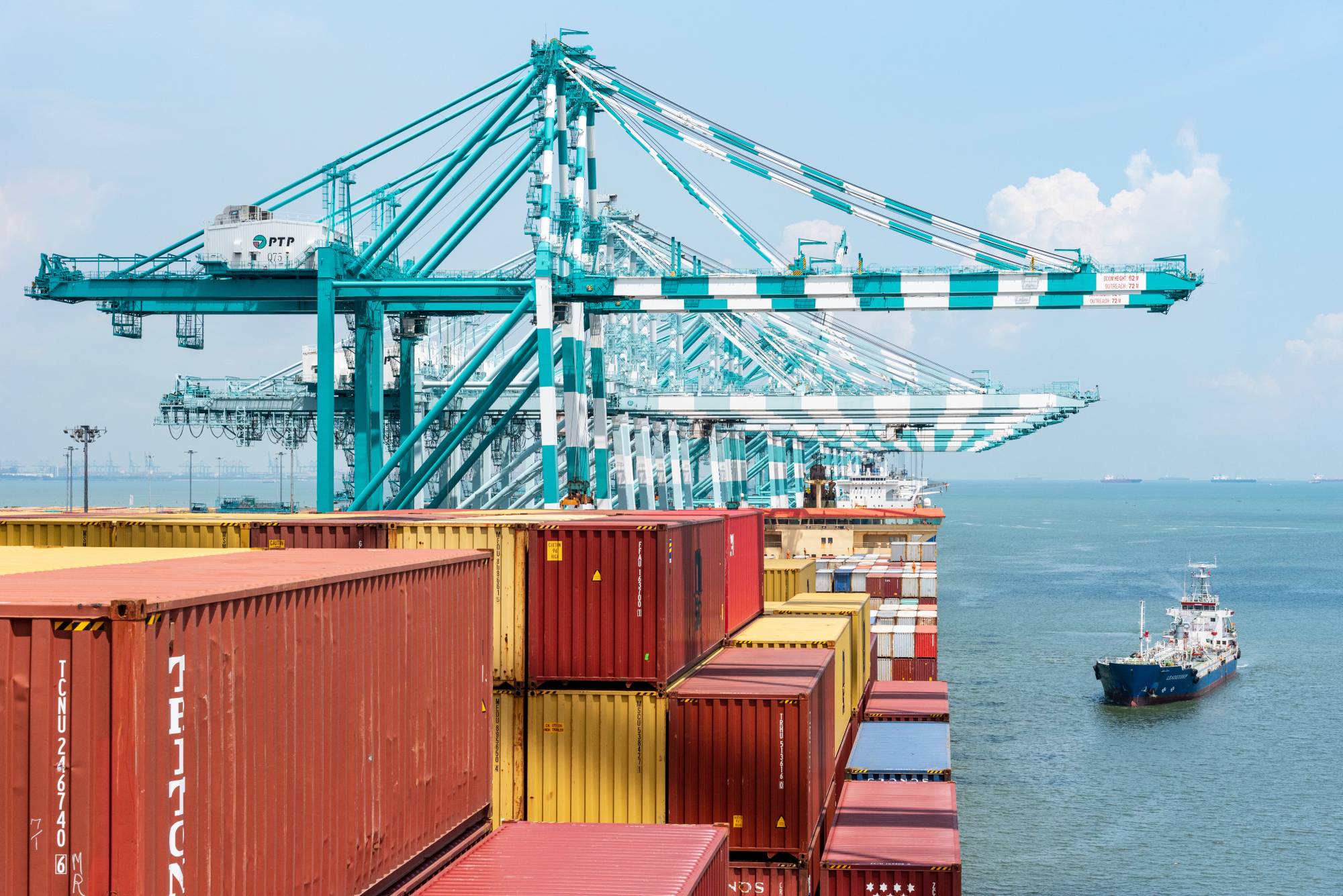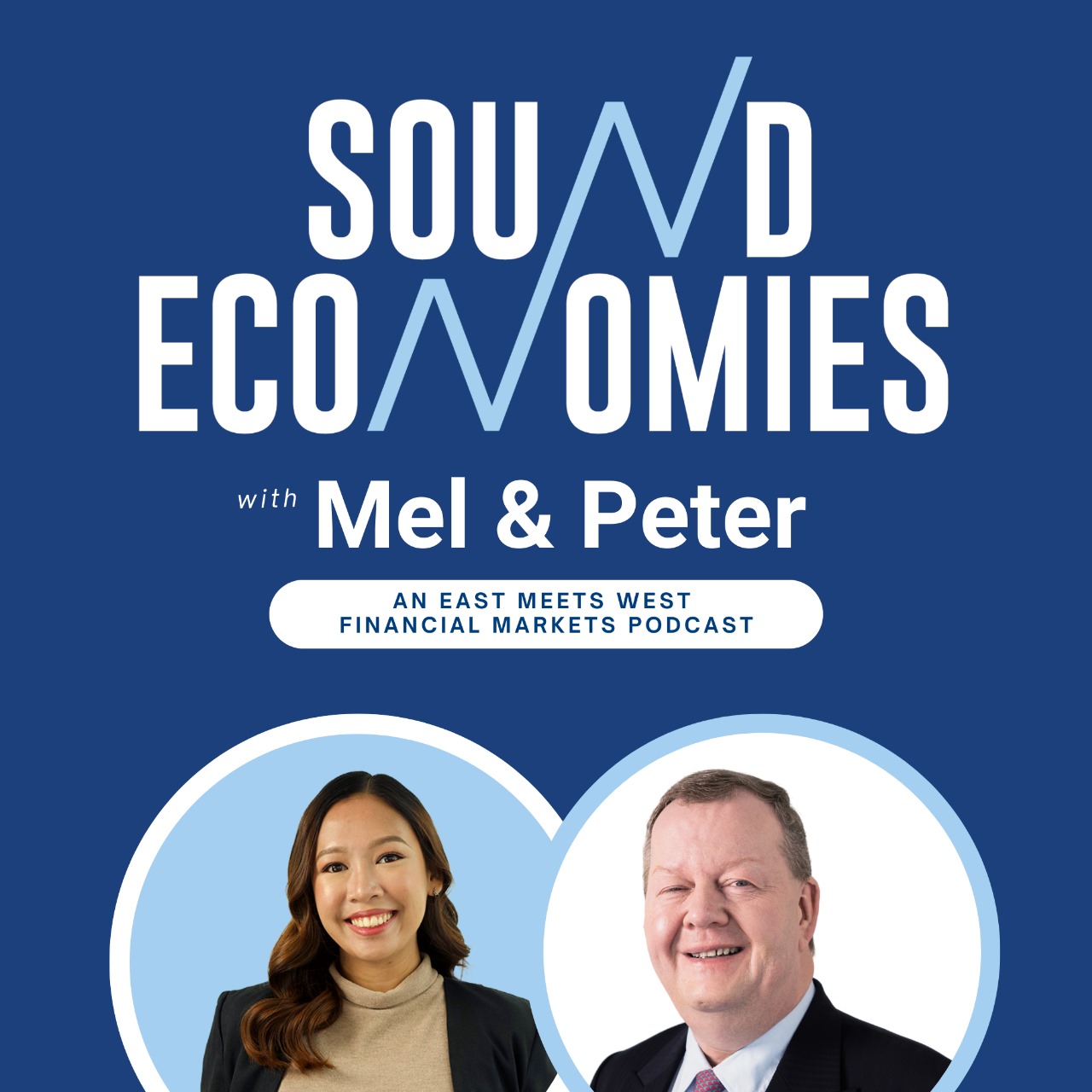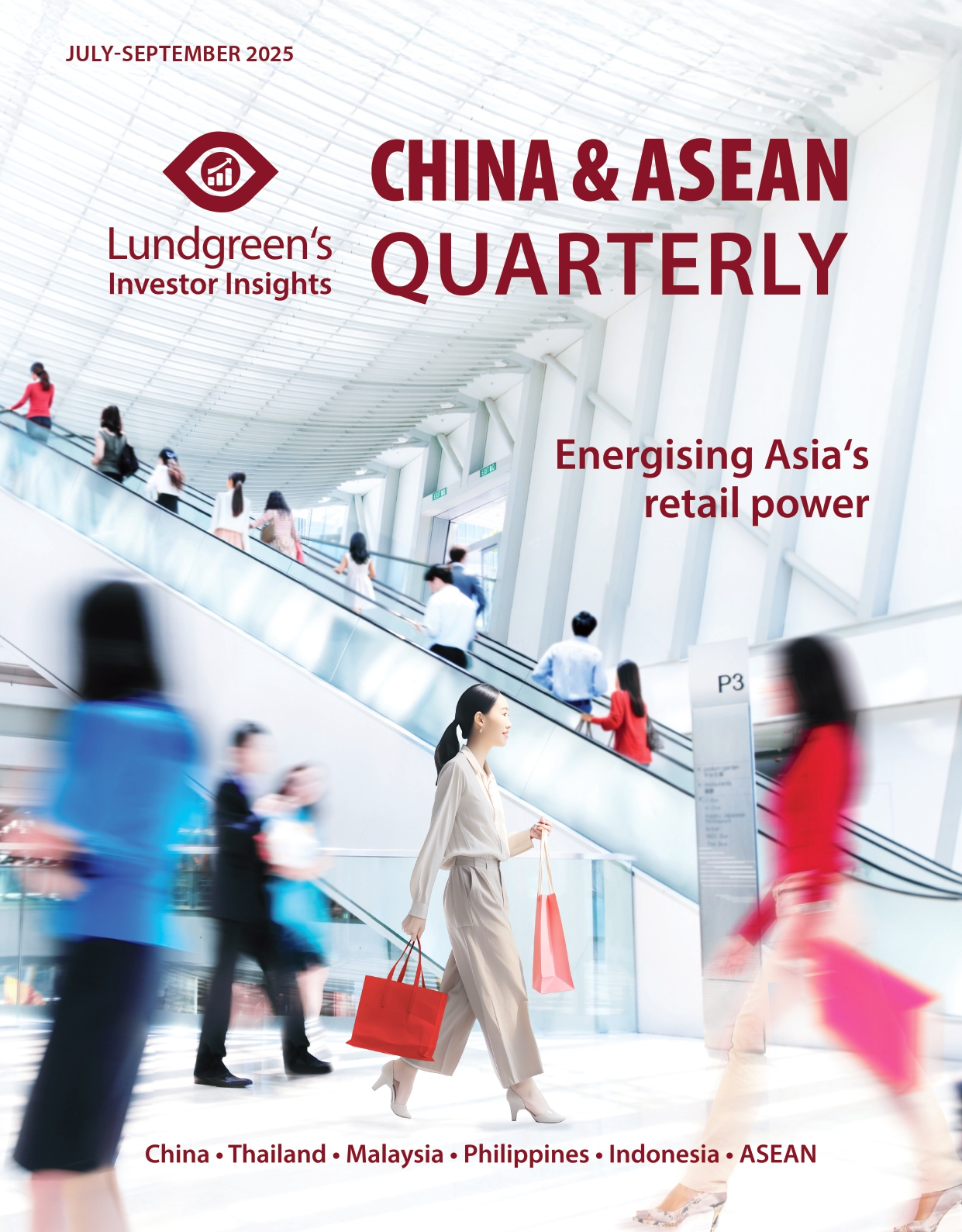Malaysia invests in developing GVCs for future growth
For the past few decades, Malaysia’s cross-border trade has been supported by the migration of technological know-how, high-skilled physical labour, capital investment, as well as raw materials and goods. These had positive spillover effects on international trade that strengthened the country’s integration into global value chains (GVCs).
Unfortunately, there are many signs pointing toward the decrease in Malaysia’s participation, or premature industrialization, in the manufacturing sector. That is why the government is introducing new policies to stimulate industry growth.
The Malaysian government unveiled a bold new initiative: the New Industrial Master Plan 2030 (NIMP 2030). The goal is to supercharge the nation’s economy in seven years with the manufacturing sector. During the 2000s, the manufacturing sector used to contribute up to 30 per cent of gross domestic product (GDP) with a value output of USD 28.95 billion. With the GDP valued at USD 78.32 billion, the government hopes to bring the manufacturing sector to the forefront of the initiative. It aims to address certain issues, particularly on deindustrialization, that led to Malaysia’s reduced participation in GVCs. By adopting a mission-driven strategy for industrial growth, fostering an environment that is open to doing business, and upgrading the logistics system with the power of technology, the government hopes it can boost growth and cultivate the country as a new manufacturing powerhouse.
Since the 1970s, Malaysia highly invested in electric and electronic equipment (E&E) and it has paid off. Today, the E&E industry alone contributes to 38.7 per cent of total export value, bringing the value of the industry to MYR 49.77 billion (USD 10.44 billion).
Thanks to several bilateral and regional free trade agreements Malaysia entered into, these strengthened the country’s GVC participation and further expanded exports. Interestingly, with the resilience of Malaysia’s GVC amidst the US-China trade war affecting chip technology, the country has become a preferred choice in the semiconductor industry globally. The country has been reported as sixth in the world for semiconductor exports, contributing to 7 per cent (USD 36.88 billion) of the total global market value of USD 526.8 billion in 2023.
Logistics and GVC participation
To determine the relevance of a country’s GVCs, the performance of a country’s logistics networks on international trade should be observed. Graph 1 shows that Malaysia’s index in 2018 was only around 3.22 (out of a 5-point scale), ranking the country fourth in the ASEAN region. According to the World Bank, Malaysia ranked 41st out of 160 countries in its Logistics Performance Index (LPI). One of the factors that led to Malaysia’s poorer score was red tape, which has turned off foreign investors from doing business in the country. After five years of hard work and strategic planning, Malaysia’s LPI score improved to 3.6, now second within ASEAN and leaping to 26th out of 139 countries. Let us not forget about the container ports in Malaysia located in Port Klang and Tanjung Pelepas, both of which are part of the top 20 container ports in the world. With this, Malaysia was crowned one of the countries with the best liner shipping connectivity and continues to make waves on the global stage.

This means that greater efficiency and lower operations costs, together with increased connectivity and improved ease of doing business especially in logistics, will increase the confidence of foreign investors in venturing into the Malaysian market. It also indirectly increases Malaysia’s GVC participation, making it a win-win situation.
FDI inflows
The health of foreign direct investment (FDI) inflows in Malaysia helps multinational companies (MNCs) expand their business operations in the country. In turn, this opens opportunities for small and medium enterprises (SMEs) to work with MNCs in providing domestically produced goods and services. According to the Organisation for Economic Co-operation and Development (OECD), investments from MNCs help SMEs to enter and integrate in GVCs. This broadens the reach of SMEs with their exposure to new markets.
Net FDI inflows to Malaysia boomed as the country recovered from the COVID-19 pandemic, proof that the economy has what it takes to attract investments and grow further.
As shown in Graph 2, 2021 saw manufacturing as the main contributor for Malaysia’s FDI flows, particularly in E&E, transport equipment, and other subsectors. However, in 2022, there was a 21.7 per cent drop from MYR 208.6 billion (USD 44 billion) to MYR 163.3 billion (USD 34.46 billion). According to the 2023 report from the United Nations Conference on Trade and Development, this FDI slowdown was a global phenomenon due to the Russia-Ukraine war, rising food inflation, and a heavier public debt burden. Last year, Malaysia saw an increase in FDI of 15.3 per cent worth MYR 188.3 billion (USD 39.66 billion). Recently, the Malaysia Investment Development Authority has reported that the first half of 2024 has accumulated FDIs worth MYR 75 billion (USD 16.8 billion), a significant increase of almost MYR 63.9 billion (USD 14.4 billion) compared to January-June 2023. The high investment for this quarter is still dominated by manufacturing sector projects.

Apart from the manufacturing sector expansion, the Malaysian government also aims to attract investment towards information and communications as well as green technology. One evidence is Microsoft’s announcement of investing into technological services in Malaysia, particularly in cloud and artificial intelligence services, amounting to USD 2.2 billion.
Although the country has been dominant in the manufacturing sector, especially in E&E, this does not stop Malaysia from opening new opportunities for investors. As seen, the logistics and technology industries also play a role in attracting more FDIs to improve Malaysia’s GVC participation and overall economic efficiency.
The implementation of the NIMP 2030 creates a high-value industrial sector that’s more welcoming to local and foreign investors. The Malaysian Investment Development Authority has outlined guidance in line with the NIMP 2030 goals to attract foreign investors in certain sectors to create more positive spillovers towards the national economy. Apart from that, Prime Minister Datuk Seri Anwar Ibrahim introduced the 10-year Global Service Hub Tax incentive to encourage investment companies to make Malaysia a global service centre. Improved reputation as a one-stop shop for investor facilities will make it palatable for foreign nationals to do business in Malaysia.
This original article has been produced in-house for Lundgreen’s Investor Insights by on-the-ground contributors of the region. The insight provided is informed with accurate data from reliable sources and has gone through various processes to ensure that the information upholds the integrity and values of the Lundgreen’s brand.






